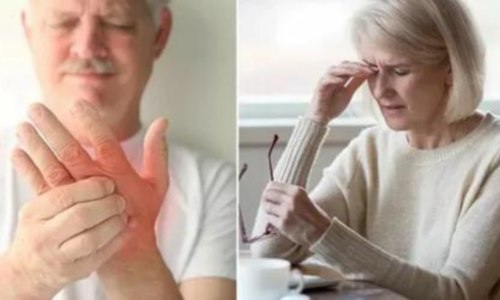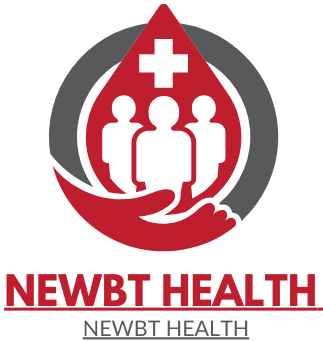
A stroke is a change in brain function, usually acute, caused by damage or death of brain cells. These changes can alter a person’s ability to function normally.
A stroke is sometimes called a cerebral infarction or a cardiovascular event (CVA). It’s like a heart attack, only it happens in the brain.
A stroke is usually caused by a blockage in a blood vessel in the brain or bleeding in brain tissue; both can disrupt a person’s normal functioning, but there are ways to treat, prevent, and reduce the risk of stroke.
Don’t wait or hesitate to seek emergency medical care for someone who has had a stroke. If you suspect a stroke, call 911; prompt treatment can make a big difference in outcome and recovery.
The two main causes of stroke are blood clots in the arteries that supply blood to the brain (ischemic stroke) and bleeding from defects in brain tissue, usually blood vessels in the brain (hemorrhagic stroke); Mini-strokes (TIAs) are transient ischemic strokes that usually get better quickly.
Ischemic and hemorrhagic strokes usually cause permanent loss, while ischemic strokes cause temporary loss of function (known as mini-strokes or transient ischemic attacks).
Symptoms of a stroke include:
Weakness in the arms, legs, or other part of the body;
Weakness in the facial muscles, trouble speaking,
Organizational problems,
Dizziness and/or fainting;
Some people may have a sudden headache, but most do not.
After taking a medical history and physical exam, doctors can diagnose a stroke early and order blood tests to rule out other causes of symptoms. The most important imaging study is a CT scan or MRI of the brain.
No home care for a new stroke; call 911 and go to a stroke center if possible.
Support early treatment for stroke; Only tissue plasminogen activator (tPA) is approved for various conditions to break up blood clots; surgical treatment includes cutting off aneurysms, draining blood that is pressing on the brain, and using a special catheter to remove clots from large arteries.
You can reduce your risk of having a stroke by:
- Checking and treating your blood pressure
- Reducing high cholesterol
- If you have an irregular heartbeat such as atrial fibrillation, take blood thinners as needed.
- Quitting smoking or never quitting
- Controlling diabetes
- The prognosis for stroke varies; while many people recover completely from a stroke, many may take months or years or have permanent damage, and about 30 percent of people die from a stroke.
Call 911 for stroke
A stroke occurs when blood flow to part of the brain is cut off or severely reduced. If blood flow is cut off for several hours or more, brain cells die without adequate blood flow.
Depending on the amount of blood in the brain and the location of the stroke, a person having a stroke may experience a variety of symptoms. These symptoms can range from difficulty moving or speaking to paralysis or death, all without notice.
Stroke care has changed dramatically over the past 15 years due to new medications, improved diagnosis, and treatment methods. It is possible to treat an acute event today, and recognizing a stroke and getting emergency help is critical.
About 795,000 new strokes occur each year in the United States. Stroke is one of the most common causes of death (after heart disease and cancer). Stroke is most common in older adults, but it can happen to people of any age, including children. African Americans have a higher risk of stroke than Caucasians. Hispanics have an average risk.
A transient ischemic attack (also known as a TIA or ministroke) is similar to a stroke, except that with a TIA, symptoms usually go away within 24 hours. People who have had a TIA are more likely to have a stroke in the near future.
Causes of Stroke
The two main types of stroke, ischemic and hemorrhagic, affect the blood vessels in the brain. Ischemic strokes make up 80-85% of all strokes and occur when a blood vessel in the brain becomes blocked, similar to a heart attack. Hemorrhagic strokes occur when a blood vessel in the brain bursts and leaks blood. Hemorrhagic strokes are more serious. The difference between these two types of strokes is important in determining which treatment will help the patient. Some researchers consider a “third” type of stroke to be a subtype of ischemic stroke, a TIA or transient ischemic attack (also called a mini-stroke).
An ischemic stroke occurs when a blood vessel becomes too narrow or blocked to get enough blood to flow, provide oxygen, and keep brain cells alive.

Leave a Reply